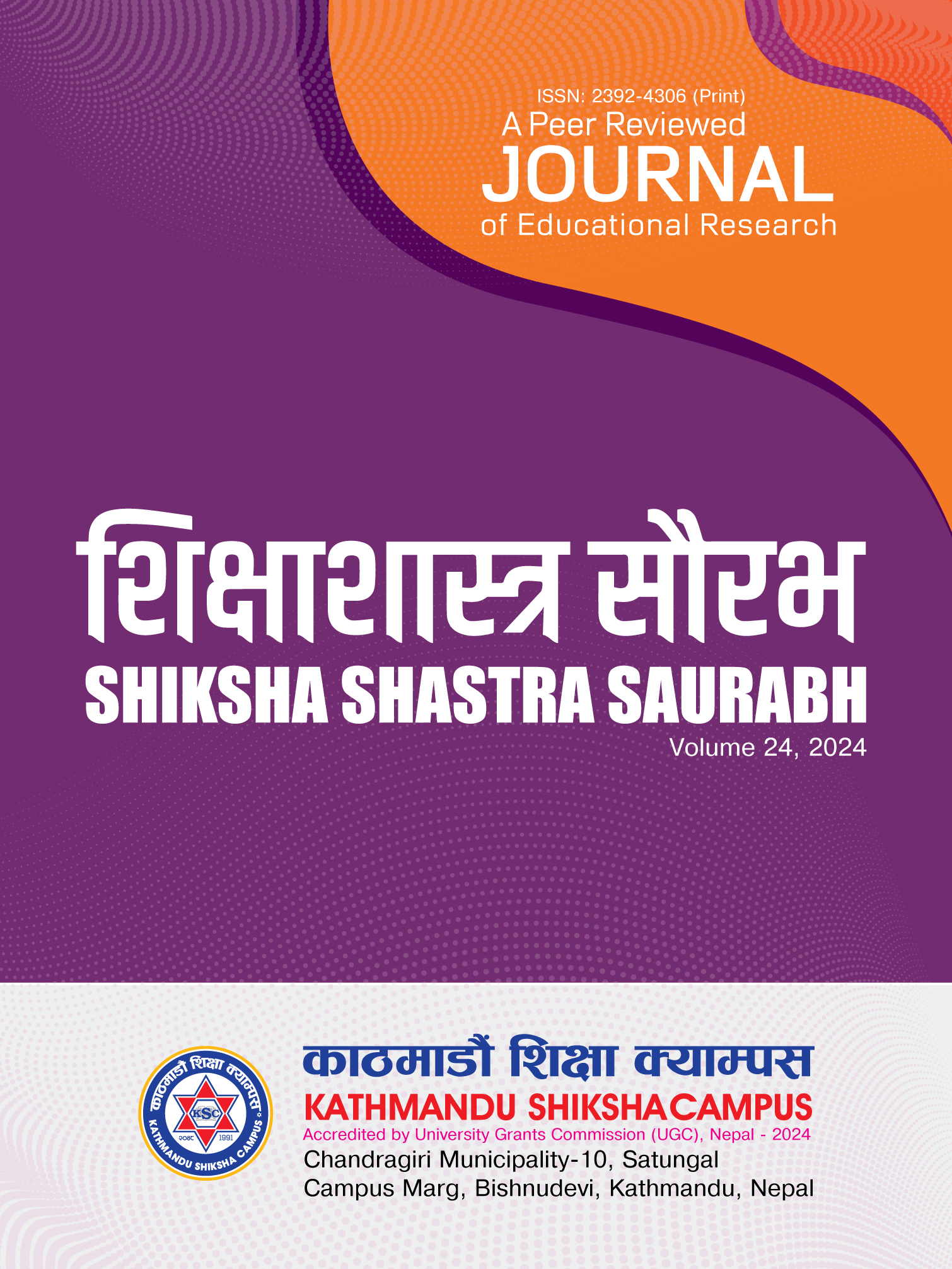Rewriting History of the Marginalized Voices in Peter Carey’s Oscar and Lucinda
DOI:
https://doi.org/10.3126/sss.v24i1.75377Keywords:
Colonial discourse, Mimicry, Historiography, Aboriginal people, Subaltern, Silence of the marginalized, Comparative historiographyAbstract
This article examines the exclusions inherent in official Australian history as addressed by Peter Carey in his novel Oscar and Lucinda. Drawing on Edward Said’s Orientalism and Gayatri Spivak’s theory of the subaltern, the study critiques the colonial narratives that marginalize aboriginal people, transported convicts, and women. These groups, often silenced in historical accounts, are reimagined in Carey’s historiographical revision, which endeavors to construct a more inclusive history that amplifies the voices of the oppressed. Through a qualitative methodology and an interpretative framework informed by Linda Hutcheon’s A Poetics of Postmodernism, the analysis situates the novel as a critique of the dominant colonial discourse. Carey’s narrative interrogates the mechanisms of historical erasure by highlighting the contributions and sufferings of marginalized groups, particularly the violence endured by aboriginal peoples and the systemic oppression of women. The novel critiques the colonial framework that perpetuates domination and exclusion while re-centering those traditionally relegated to the margins. Themes such as cultural destruction, patriarchal control, and the alienation faced by marginalized groups are explored through the lives of the protagonists, Oscar and Lucinda, who embody the intersection of these struggles. Carey’s work positions aboriginal people and convicts not merely as historical subjects but as integral witnesses to and agents in Australia’s interconnected history. By weaving their voices into the narrative, the novel challenges the authority of official histories and offers a more nuanced and ambivalent perspective on the colonial past. Ultimately, Oscar and Lucinda critiques the orientalist and patriarchal underpinnings of Australian historiography while advocating for a reimagined historical consciousness that acknowledges and integrates subaltern voices.
Downloads
Downloads
Published
How to Cite
Issue
Section
License
© Research Management Cell (RMC), Kathmandu Shiksha Campus

